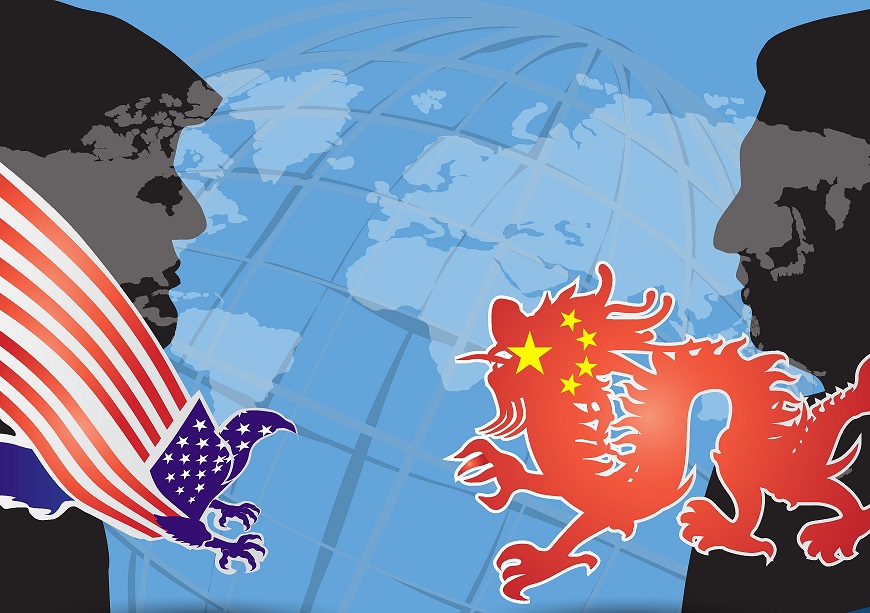Future of Great-Power Rivalry
For scholars and observers, the return of the great-power rivalry is the new normal in international relations. The competition and rivalry between the United States and China are being closely watched by the international community as the relations between these two major powers will determine the future of world politics. The nature of their conduct can shape the alignments, impact economic ties and create arms races in the Asia-Pacific region. Some of these areas are already being affected by this rivalry. The trade war caused concerns for the international economy while the arms race in the South China Sea makes it one of the most geopolitically critical regions today.
Amid this rivalry, we have seen that both countries have significant vulnerabilities and problems. The first one of these issues is the handling of the Covid-19 crisis. At the beginning of the outbreak of this pandemic, China was its source and the first epicentre.
There is a lot of scepticism about the numbers provided by the Chinese authorities. Although the Chinese government claimed to have controlled the outbreak, the recent news about the emergence of a new cluster of virus infections in Beijing showed it was far from it.
The other great power, the US, became the epicentre of the crisis in April and since then it has recorded the highest number of infections and deaths around the world. The handling of the outbreak has become a nationwide crisis. Although overall numbers are declining because of the improvement of the conditions in New York, many states started to experience hikes in the numbers.
The developments in both countries demonstrate that the crisis may continue in the coming months. Both countries also started to feel the economic strain caused by pandemic, as unemployment and growth rates both were seriously impacted by social distancing measures. A potential second wave will have significant impacts on both countries.
Furthermore, both the US and China faced significant protests, though for different reasons. The state of great powers’ handling the crises and social issues do not provide much hope about the future of the international system. In the first years of the new millennium, some analysts and observers of international relations provided a G-2 model for the stability of the international system. According to this model, the two major powers, China and the United States were expected to play leadership roles in world politics through cooperation and coordination.
But, the model now seems futile. In the context of the numerous issues that arose between two countries during the last few years, it will be hard to expect a scenario where they cooperate to resolve global issues. The way both countries handled the Covid-19 crisis demonstrates that even if they agree to cooperate on some issues, their credibility in the international community will continue to suffer.
In fact, what can make the international system more unstable is their perceived failure to handle those crises and their impacts on themselves. The governments of both countries probably also know about their failures and this may make both of them less self-confident and more concerned. This insecurity may make both countries more aggressive and assertive in foreign policy in the coming months.
The international community may indeed watch a great power rivalry between the two countries in the next few years. However, the Covid-19 crisis demonstrates this will be the rivalry of two major economic powers, both of whom are insecure. In this context, the middle power countries can play more effective roles to fill the vacuum with their credibility and sense of security.
 Jahangir's World Times First Comprehensive Magazine for students/teachers of competitive exams and general readers as well.
Jahangir's World Times First Comprehensive Magazine for students/teachers of competitive exams and general readers as well.



